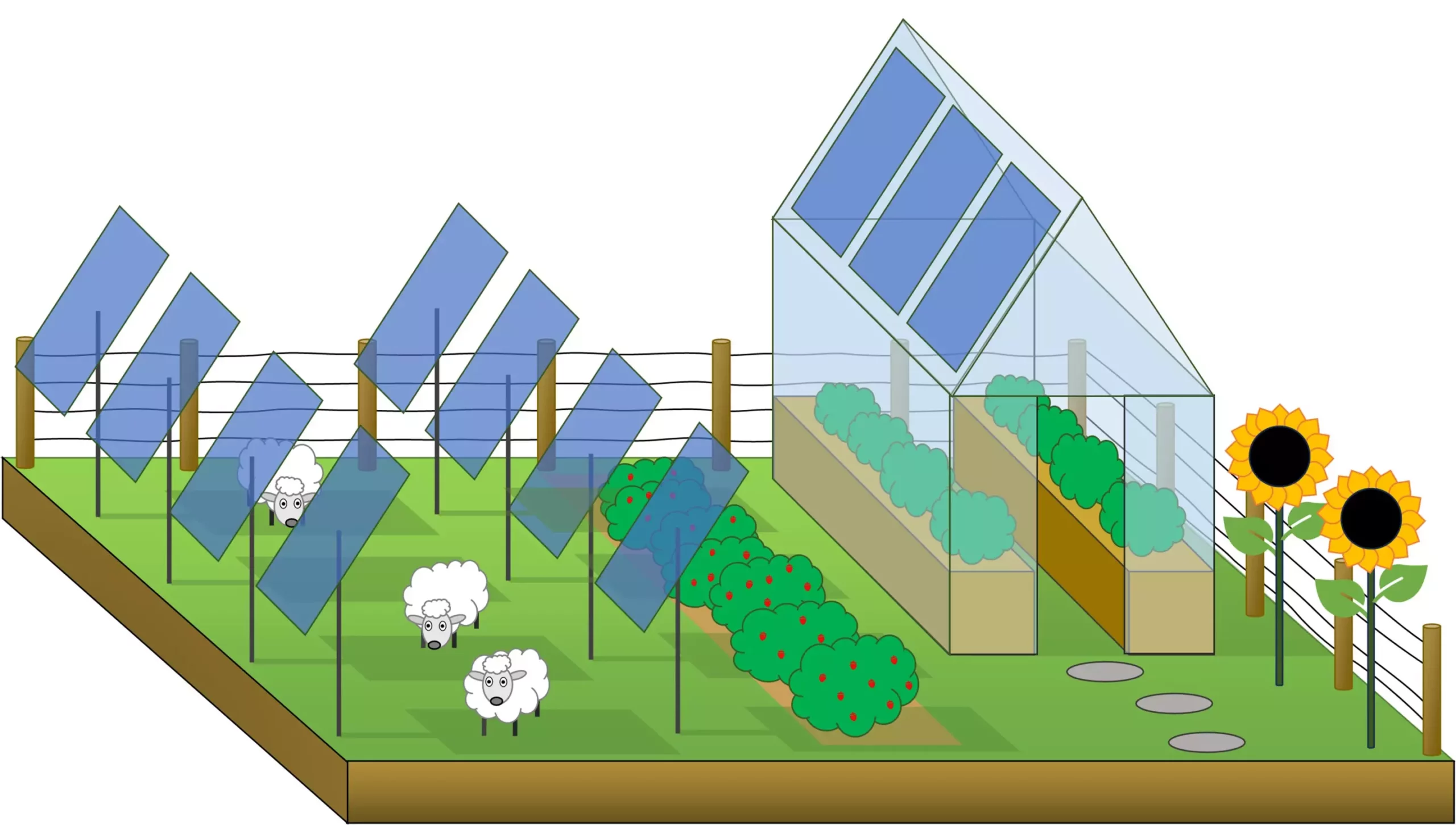The quest for sustainable energy solutions has sparked innovative research into agrivoltaics, an approach that merges the agricultural and solar energy sectors. Recently, a team from Swansea University has made significant strides in this field by developing a software tool designed to assess the potential of various photovoltaic (PV) materials. Their research, published in Solar RRL, aims to facilitate the selection of optimal PV materials that not only generate renewable energy but also promote healthy crop growth. This development represents a crucial step in addressing the dual challenges of food security and clean energy production in a climate-constrained world.
The success of agrivoltaics hinges on choosing the right semi-transparent PV materials that can effectively share space with crops. This choice is centered on the unique properties of different PV materials, particularly their bandgap and light absorption characteristics. A broader bandgap material captures higher-energy light, while a narrower bandgap is adept at absorbing longer wavelengths. The research team emphasizes that by optimizing these properties, they can tailor the light that penetrates these semi-transparent panels, allowing crucial wavelengths—especially red and blue light, vital for photosynthesis—to reach the crops below. Thus, the intelligent design of PV materials could directly influence agricultural productivity.
At the heart of this research is an open-source software tool capable of predicting light transmission, absorption rates, and the energy output of selected PV materials across various geographical settings. This tool empowers researchers and farmers alike by providing data-driven insights into how different materials will respond to specific environmental conditions. According to Austin Kay, the lead author of the study, this innovation allows for the practical comparison of numerous PV materials, making it possible to strike a balance between sustainable food production and energy generation.
The implications of agrivoltaics extend beyond simply generating renewable energy. As Associate Professor Ardalan Armin points out, optimizing the interactions between solar panels and agricultural crops has the potential to revolutionize the farming sector. By incorporating solar panels into agricultural spaces, farms can achieve energy autonomy while enhancing their productivity. For instance, PV panels can be strategically placed over crops, on greenhouse roofs, or used to provide shade for livestock, thus, reducing the need for artificial heating or cooling.
While the advantages of integrating PV materials into agricultural operations are evident, practical challenges remain. The introduction of PV systems must be carefully managed to prevent adverse impacts on crop output and to ensure livestock do not damage the solar installations. Selective animal management is critical; for instance, while some species can aid in maintaining vegetation around the panels, others may pose serious risks to the integrity of the PV modules.
Swansea University’s groundbreaking research highlights the dual benefits of agrivoltaics: fostering energy independence while simultaneously enhancing agricultural yields. Moving forward, meticulous study and implementation of suitable PV technologies will be necessary to achieve these aims. As this innovative field continues to evolve, it holds the promise of creating a versatile and sustainable agricultural framework, capable of meeting the energy demands of future generations.


Leave a Reply